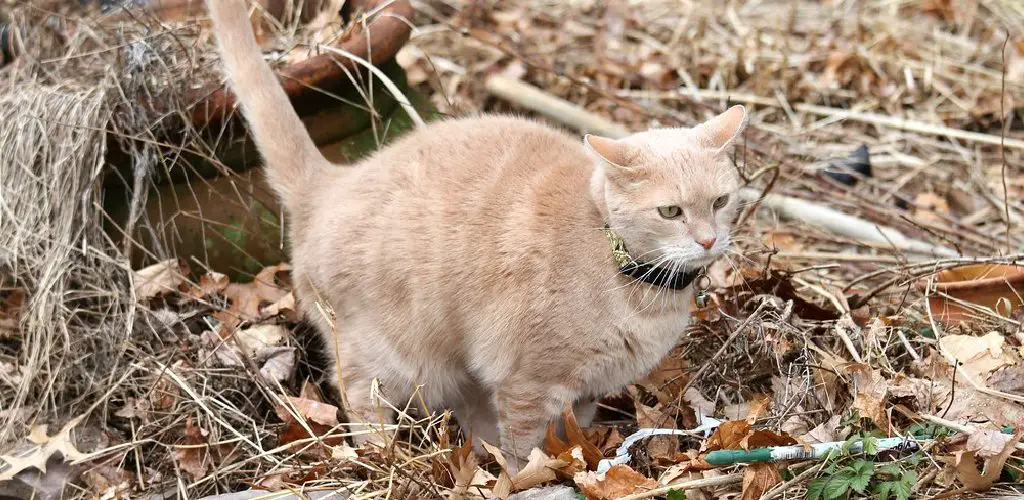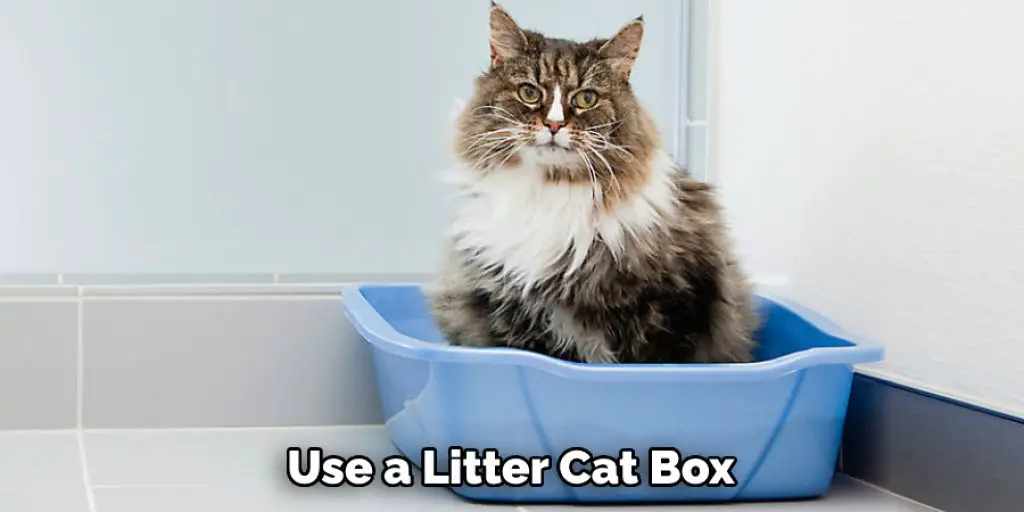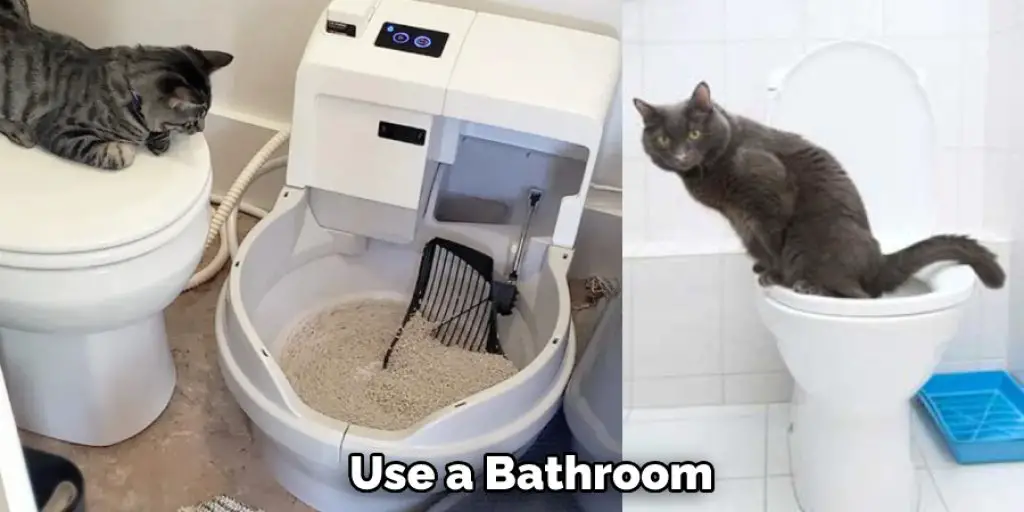We all know that cats are territorial creatures. And unfortunately, one of the ways they can express their territory is by peeing in inappropriate places. So if you’re at your wit’s end with a cat who won’t stop peeing in your home, it might be time to find them a new home. This article will discuss how to rehome a cat that pees.

Many times, pees outside of the litter box are triggered by stress. If you’ve recently brought a new cat into your home or changed where the litter box is, this could certainly be the case.
However, if you’ve already tried introducing a new cat into your home and the cat continues to pee outside of the box, it’s time to take some more aggressive measures.
Contents
What are the Reasons Behind peeing?
Cats will sometimes start peeing in the wrong place if they aren’t feeling well. For example, stressed cats may develop anxiety peeing where they shouldn’t, and depressed cats might stop using their litter box entirely. If your cat starts urinating in places other than its litter box, there are several possible causes:
Allergic reaction
If you have tried everything you can to keep your cat from urinating outside the litter box and nothing is working, then it’s likely your pet is showing signs of an allergic reaction.
Unfortunately, cats can develop allergies at any age, so even kittens who have been using their litter box properly for a long time can suddenly start peeing outside the box when they experience a change in environment.
Anxiety & Fear
Suppose your cat started urinating out of its litter box after a stressful event such as a move, a visit to the vet, or the introduction of new pets into the household.
In that case, the feline is likely suffering from anxiety or fear. If you have recently brought home another pet or child and your cat has started peeing in places other than its litter box, it may be reacting to feelings of anger, fear, stress, or territoriality.
An Illness
Some common illnesses, including bladder infections and urinary tract stones, can cause cats to begin urinating in places other than their litter box. In some cases, the disease is severe, and your vet will need to treat it, but in other cases, a simple change of diet can help stop inappropriate urinating once and for all.

Incontinence
Some older cats start losing control of their bladders due to a physical problem such as arthritis or diabetes. If you notice that your cat is leaking urine when using their litter box, you should make an appointment with your vet. It’s essential to begin treatment as quickly as possible if this is the case so that you can nip the behavior in the bud before it becomes a habit that’s too hard to break!
Too Many Litter Boxes
Cats are very particular about where they eliminate and won’t use a litter box that isn’t up to their standards. If you have more than one cat, you should ensure that each feline has its litter box to avoid any confusion.
The general rule of thumb is one litter box per cat plus an extra one, but this may not be practical if your living space is small enough. In the case of multiple-cat households, it’s best to keep an eye on each kitty to determine how many boxes they prefer and then stick with that number moving forward.
Things You’ll Need:
- Newspaper
- Scratching Post
- Cat Litter Box
- Cat Food and Water Bowls
- Brush
A Step by Step Guide on How to Rehome a Cat That Pees
Step 1: Determine if Your Cat Is Stressed or Has a Medical Condition.
If your cat is urinating outside the litter box, it may be because something in its environment is making him feel threatened or anxious. This could be due to other pets in the home, children leaving their food out all day, or even something as simple as the poor placement of its litter box.
You must determine if your cat is only peeing around your home and not in their litter box because they are mad at it before getting rid of them. If this is the case, make sure you try and resolve whatever issue they have with their litter box (try redoing it and putting it in a quiet area) before rehoming them.
Step 2: Locate an Animal Shelter or Rescue Center
Since you’re looking to rehome your cat, there is likely no way you can afford their medical bills. Finding a local animal shelter or rescue center should be the next step in this process so they can take your cat off your hands for free. This will also allow them to continue caring for pets who are harder to place, such as senior cats or those with health issues.

Step 3: Advertise Your Cat
Advertising your cat is essential when trying to rehome it. Make sure you include pictures of your cat to get someone interested in it! Include things like its personality, what type of home it prefers (single or multiple-cat households), and any other qualities that make your cat seem like a good fit for your future owner.
It’s crucial not to be too picky with your cat’s new owner during this time. While it may be a good fit for you, they still have to love and take care of them just as much!
Step 4: Meet With Your Potential New Owner
After a few weeks of advertising your cat, you’ll hopefully get a response from someone interested in meeting up with your cat. First, make sure that you set up the location so it is quiet and secluded from other people; this will reduce any risk of scarring or hurting your cat when they pick them up.
Try to meet somewhere on the street, so there isn’t any extra fee to get there! Once at the location, make sure you bring along any supplies requested of you (such as toys or food bowls); this will help them take better care of your cat.
Step 5: Ask for Adoption Fees
Many animal shelters and rescue centers are so thankful that you’ve chosen to rehome your pet with them; they won’t even ask for an adoption fee! However, many people who decide to rehome their pets (and not all do) like getting money in return for giving up their pets.
If you’re looking to get paid for adopting your cat, it’s always best to ask the new owner what amount they’d be willing to pay instead of setting a random number yourself. This could often range anywhere between $50-$100, but if you feel like you need more, bring it up before bringing your cat home with them! These steps will help in how to rehome a cat that pees.
Additional Tips:
- When you first bring a new cat or kitten into your home, it’s essential to have them checked by the vet.
- This is also true if you’re picking up a stray from outside as they may have an illness that needs treatment before joining your household.
- Don’t wait until they’ve peed everywhere, though, or you’ll never get them to stop!
- You can also lend your cat a helping hand by getting some Feliway pheromone diffusers. These produce synthetic feline facial pheromones, which cats emit when they rub their faces against objects in the home.
- The pheromone helps them feel calm and safe about their new surroundings, preventing many types of stress-related behavior – including peeing outside of the litter box.

How Do I Get Over the Guilt of Rehoming My Cat?
You probably feel guilty if you’ve ever had to rehome your cat because of urinary problems.
First, remember that your cat is just like a human in one way: it can’t control its bladder. Your cat has no idea why it suddenly starts urinating everywhere but the litter box; all it knows is that something must be wrong with what used to be its haven (the litter box) for this to keep happening.
If the odor is too much for humans, imagine how hard it would be for an animal with a much stronger sense of smell.
So don’t blame your cat. Instead, blame the medical problem causing it to urinate outside the litter box.
How you rehome your cat is part of your cat’s problem, not yours. It has nothing to do with how conscientious a pet owner you are; it has everything to do with being unable to control what used to be controlled by instinct – bladder function.
When I adopted my first Bengal, I had no idea that she would have urinary issues during part of her life, but that’s just one of the numerous reasons I think all Bengals should come sterilized! If this hadn’t been the case for my Himalayan (who also had FUS), I might not have had the first clue what to do if I ever had to rehome her.
Conclusion:
If you have made the difficult decision to rehome your cat, you can do a few things to make the process easier for both of you. By following these steps on how to rehome a cat that pees, you can help ensure that your cat is placed in a loving home where they will be happy and safe. Thank you for considering adoption as an option for your feline friend!

